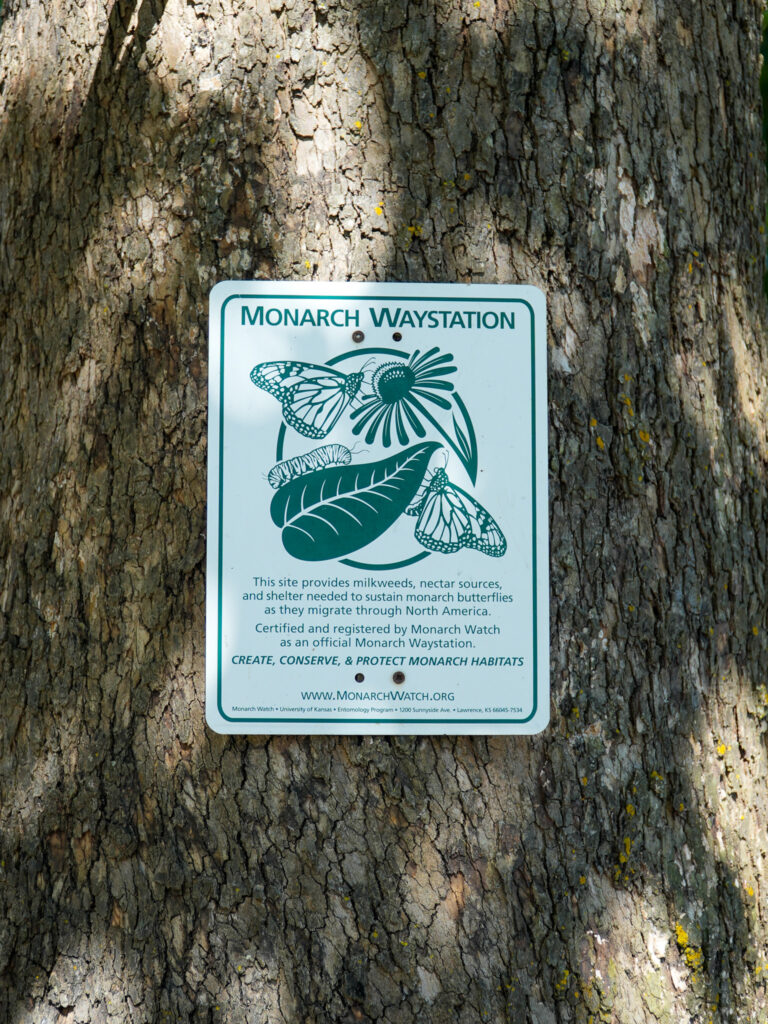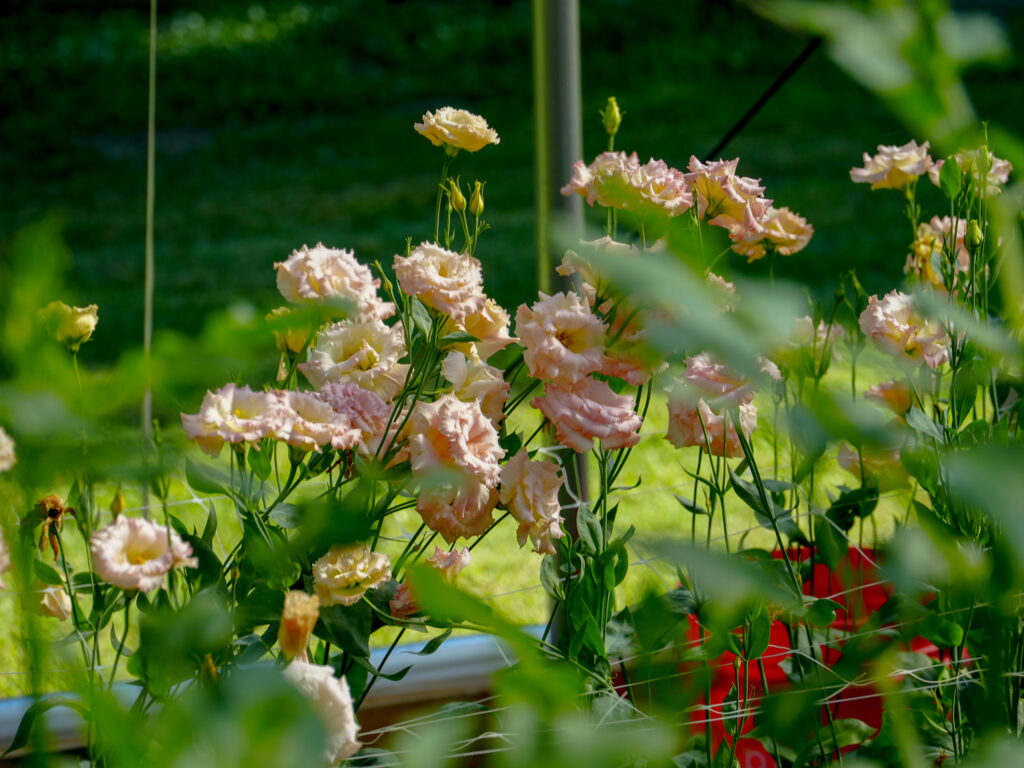Blooming Success: How Brenda Nickels’ High Tunnel Transformed Her Flower Farm in Oklahoma
In a vibrant yard in Broken Arrow, Oklahoma, one determined flower farmer has taken a step into the future, installing a high tunnel system that promises to transform both crop growth and the nature of her flourishing business.


Trying Something New
Meet Brenda Nickels, a retired paralegal-turned-floral-wholesaler, who has a long history of caring for the earth. Past her “Monarch Waystation” sign, you’ll find lush spaces filled with enticing flowers that excite the senses. Brenda is in her fourth year of running her operation and is more confident than ever, thanks to her newly installed high tunnel. With the help of USDA’s Natural Resource Conservation Service (NRCS), through the Environmental Quality Incentives Program (EQIP), and the hard-working hands of her husband, Casey, Brenda was able to install a 30ft x 96ft high tunnel on her 5-acre plot of land. A high tunnel, also known as a hoop house, is a large structure that uses the sun’s energy to warm crops, extending an average growing season and protecting crops from harsh weather. EQIP provides financial and technical assistance to farmers and landowners to promote conservation practices on working lands.

“It has been a total game-changer,” Brenda tells us. “No longer having to fight the elements while trying to prepare for spring has made all the difference.” In prior years, Brenda’s process has been to start flowers from seed either inside her house, in her backyard greenhouse, or by planting directly in the ground.

A more sustainable solution was pivotal for Brenda to continue her self-run business. The high tunnel allows Brenda to start growing her flowers earlier, so she can start selling them to buyers sooner. In June 2024, construction began on the high tunnel, and by October, Brenda had started planting flowers that florists would use in weddings and events in the spring of the following year. “I was one month earlier making sales this year, and sales were 62% higher than the previous year,” Brenda reports.

As Oklahomans will attest, 2025 has brought a significant amount of rain, which normally would have affected many of Brenda’s plants. “Being able to protect the flowers and myself from the high rains and wind has been wonderful,” says Brenda. She is looking forward to seeing how the first fall season with the high tunnel will play out and is hopeful she’ll have flowers growing even amidst the harsh winter weather.
Brenda and Casey would like to express their gratitude to Jack Titchener, Josh Vasquez, and Cierra Linander from NRCS for their assistance in planning and setting them up for success.
Through her involvement with the Oklahoma Local Agriculture Collaborative (OLAC) and her local community gardens, Brenda continues to encourage everyone to plant native flowers in their yard to invite pollinators and keep Oklahoma beautiful!

More Information
USDA offers a variety of risk management, disaster assistance, loan, and conservation programs to help producers weather ups and downs in the market, recover from natural disasters, and invest in improvements to their operations. Learn about additional programs.
For more information about USDA programs and services, contact your local USDA service center.
